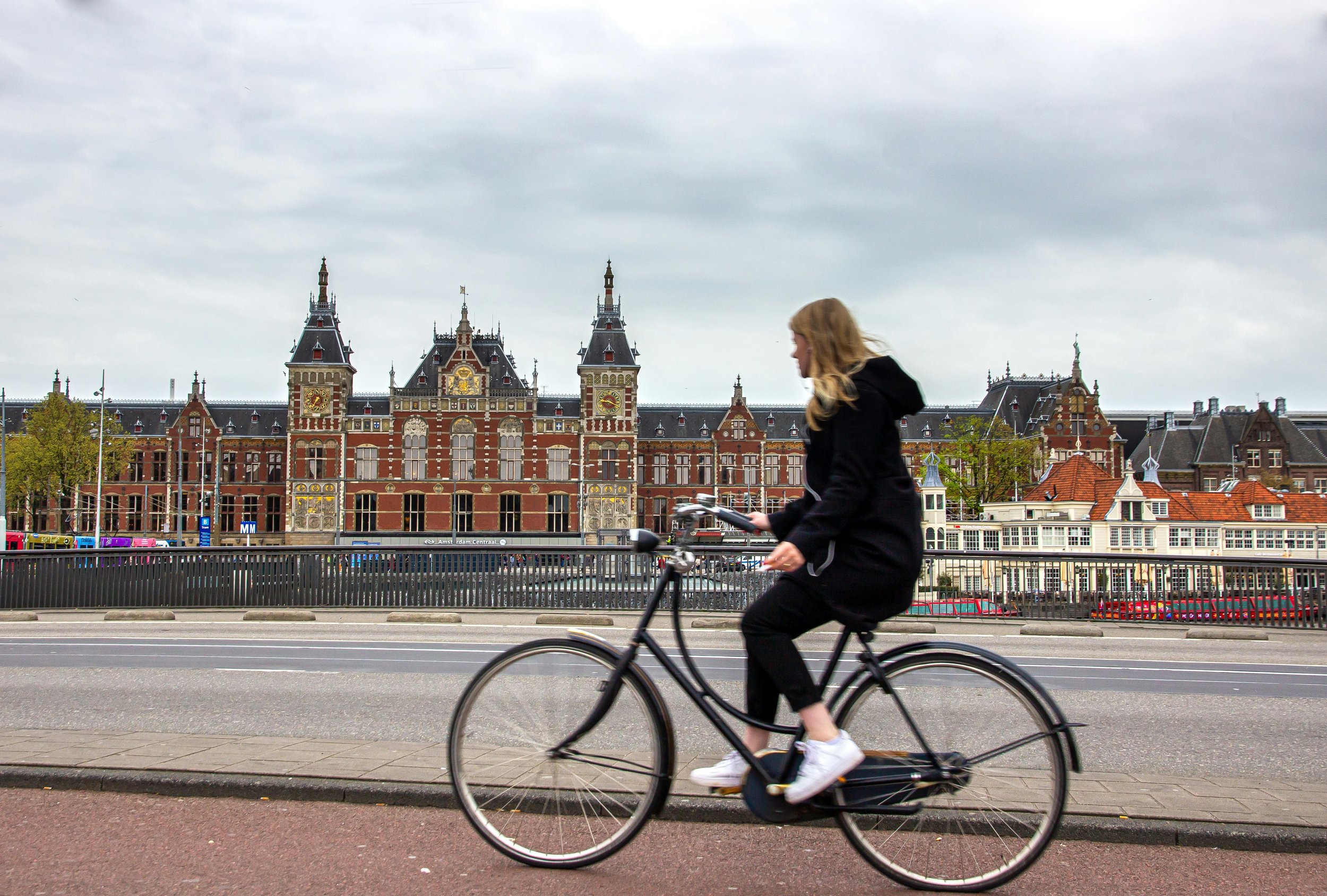One in Three Amsterdammers Face Unwanted Behaviour at Work
Work in NL | New Stardom
Photo by Viktor Solomonik
More than a third of employees in Amsterdam experienced unwanted behaviour at work last year, analysis by the city’s Department of Research, Information and Statistics (OIS) shows. The data indicate that harassment and intimidation are widespread in the Dutch capital, with incidence rates far exceeding the national average.
Bar chart comparing percentages of Amsterdam and Netherlands workers who experienced unwanted behaviour at work in the past 12 months. Amsterdam rates are significantly higher for all categories: total unwanted behaviour (37% vs 17%), intimidation (27% vs 12%), bullying (18% vs 6%), unwanted sexual attention (11% vs 5%), and physical violence (4% vs 3%). Source: CBS 2024 & Amsterdam REB O&S, 2024 (onderzoek.amsterdam.nl)
The survey shows that 37 percent of employed residents encountered at least one form of unwanted behaviour in 2024, more than double the national rate of 17 percent. Intimidation was the most frequent complaint, affecting about one in four workers, followed by bullying (18 percent), unwanted sexual attention (11 percent), and physical violence (4 percent).
Women reported unwanted sexual attention significantly more often than men, while young workers aged 15 to 26 were the most exposed overall. Employees with a migration background were also more likely to experience intimidation or bullying, highlighting persistent inequalities within Amsterdam’s labour market.
Incidents were concentrated in healthcare and hospitality, sectors where workers often interact with the public and operate under high-stress conditions. However, the city report does not specify whether perpetrators were clients, supervisors, or colleagues, leaving questions about accountability unanswered.
The researchers note that many victims experience multiple forms of misconduct: roughly one in five faced one type, while 16 percent endured two or more. That pattern, they say, points to workplaces where power imbalances and poor oversight allow behaviour to escalate.
Amsterdam’s figures suggest that urban and sectoral factors, such as workforce diversity, job precarity, and customer-facing roles, may increase exposure to hostility and discrimination. Yet the report stops short of offering policy guidance, raising the issue of how employers and city authorities plan to address the problem.
With over one in three workers affected, the findings underline that workplace safety in Amsterdam extends beyond physical conditions. The question now is whether employers, unions, and policymakers will treat psychosocial safety with the same urgency as other occupational risks.
Follow global work and job trends. Subscribe to The Monthly Work Roundup newsletter.
Have insights on work and the future of work? Submit an opinion piece to New Stardom. Love work and career books? Explore our fun workplace book collection.
New Stardom is an independent magazine covering the Future of Work, AI, and emerging job trends. Stay informed and explore more on New Stardom.



